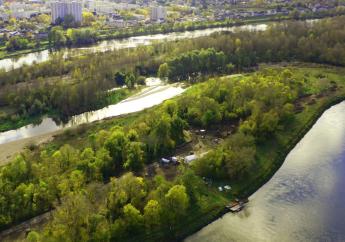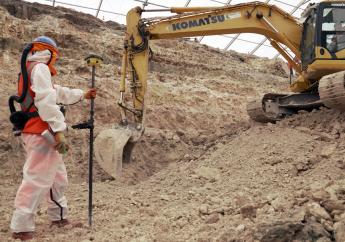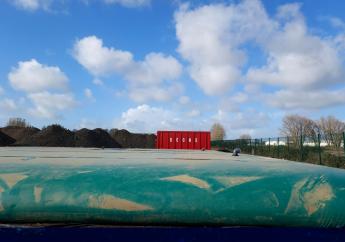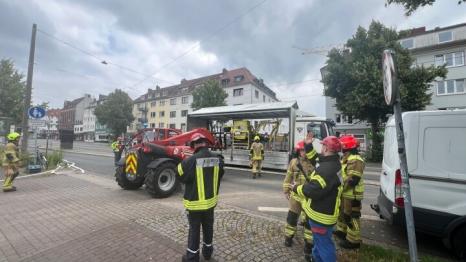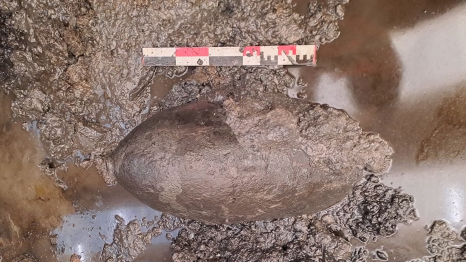Coastal dumps: cleaning up Réthoville beach (Manche)
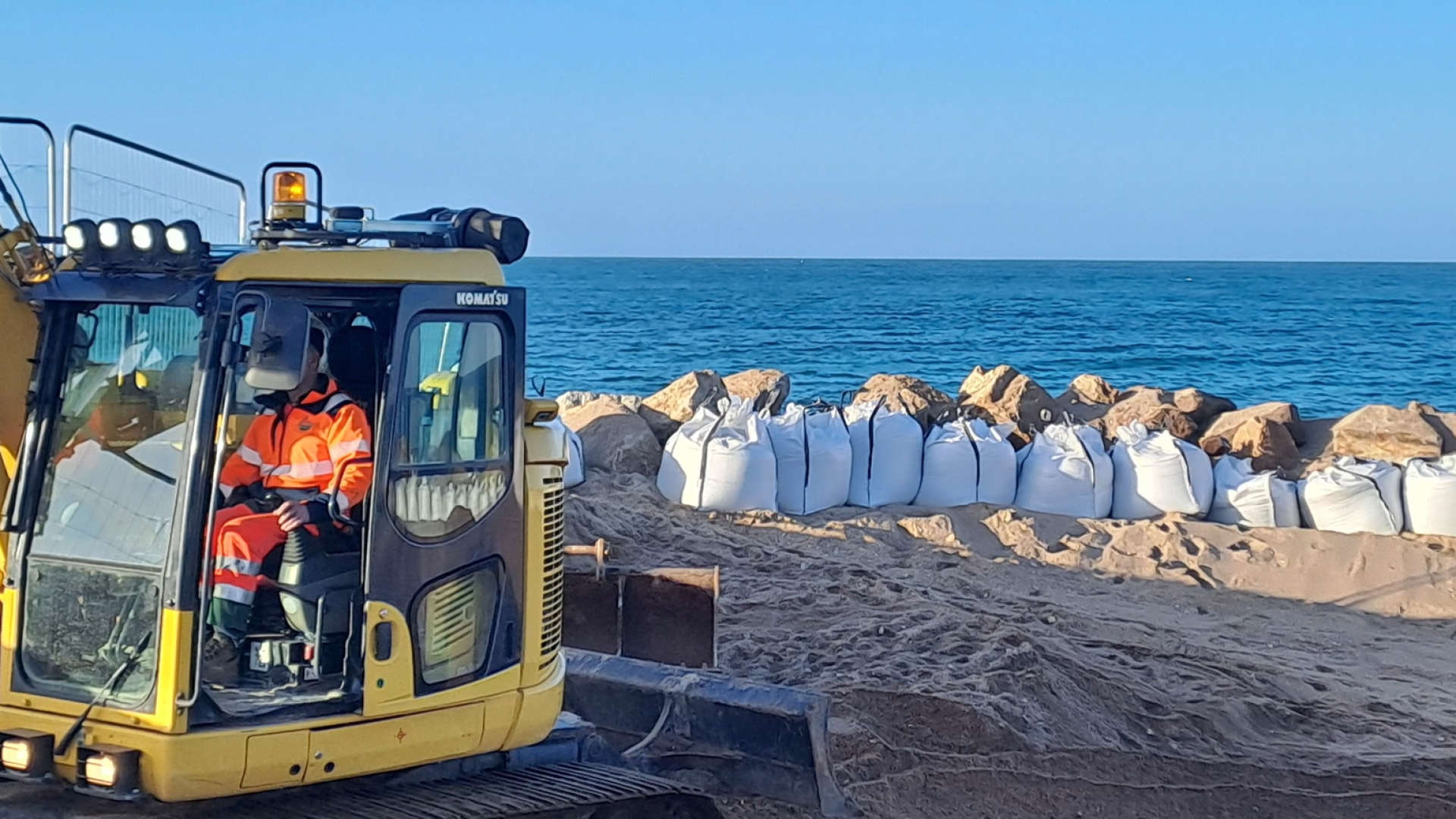
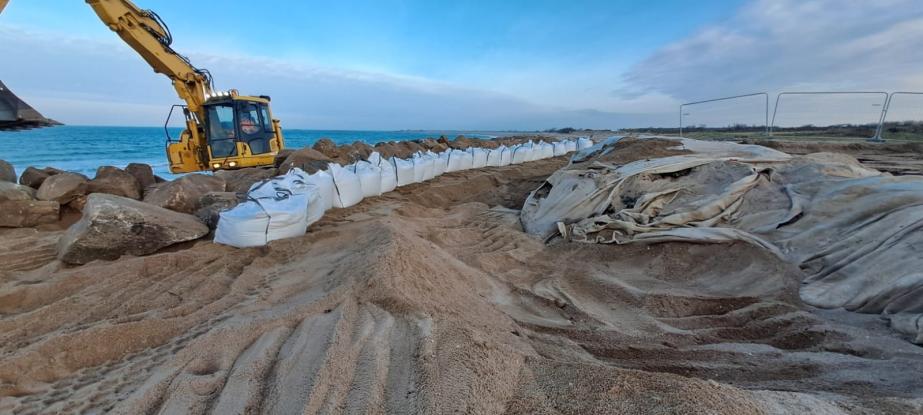
In 2022, BRGM (Bureau de recherches géologiques et minières) listed no fewer than 110 former landfills located all along the French coast, and the Plan national de résorption des décharges littorales of the French Ministry of Ecological Transition called for all sites to be cleaned up by 2032. Indeed, the situation was urgent, as with the receding coastline, a general phenomenon intensified by global warming and rising sea levels, some of these landfills have already begun to release their waste onto beaches, at the foot of cliffs and into the ocean.
The Établissement Public Foncier de Normandie (EPFN), contracting authority in partnership with the Normandy region, has entrusted Séché Éco Services with the rehabilitation of the Réthoville beach landfill site in the municipality of Vicq-Sur-Mer, at the very tip of the Cotentin peninsula.
Only 225 m2, 3 to 4 m deep, 600 m3 of waste on a fine sand beach... The case seemed simple and above all was going to be able to serve as a model for several similar sites. But be warned, there was no question of de-figuring the location the former landfill is today located right in the heart of a protected Natura 2000 area and on the route of a Grande Randonnée trail.
The Biodiversity priority
" We had a lot of preparatory meetings with teams from Cerema, those from Conservatoire du Littoral and with ecologists from the Séché Environnement group, recounts Sébastien Amiot, Regional Director of Séché Éco Services. We had to define a strategy " to preserve the site, the vegetation and the wildlife that inhabits it. And the schedule was tight ! The waste has to be excavated outside the periods of great tides, when the waters cover the site, located just a few dozen meters from the coastline. Operations on the beach must also be completed before the nesting period to avoid disturbing the reproduction of protected bird species.
After beaconing to ensure the safety of walkers and installation of temporary riprap to protect the site from any rising waters, the first shovel blows can be made in mid-February 2025. The surface layer of sand, unaffected by the waste, is home to the root networks that contribute to the stability of the dune: it is first removed and will be put back in place at the end of the operations to encourage rapid re-vegetation. The actual excavation of the waste can then begin.
In order to limit operations on the beach itself and to stabilize the dune before the high tides, it was decided to sort the waste off the coast by setting up a temporary sorting center on a plot of land overlooking the beach, made available by a farmer. On this plot of land, which is perfectly waterproofed to prevent any pollution, Séché Éco Services teams can continue operations to direct the waste towards the most appropriate treatment channels. But beware, there's no question of dawdling, because for the landowner it's essential to recover use of the land in time for the semailles.
Manual asbestos removal
In this constant race against time, the discovery of asbestos waste is not good news. But, as Sébastien Amiot explains " we have a lot of staff trained in these techniques and we were able to adapt in less than 24 hours. " Indeed, who says " asbestos " says reinforced precautions to avoid any spread of fibers, to protect employees and to organize sorting and a specific disposal channel.
The planned automated sorting unit features a screen system to sort waste by size (granulometric sorting) and a magnetic " overband " to separate metallic elements. An inadequate solution for sorting asbestos waste Be that as it may, the teams bring in a mobile manual sorting table. Inside its cabin, 3 operators equipped with watertight Tyvek suits and insulated breathing apparatus (IBA) bustle around a conveyor belt to remove small fibrocement breakers by hand and package them in double watertight packaging.
Nature reclaims its rights
Little by little, the various types of waste are evacuated to the appropriate treatment facilities, the sorting center emptied and, at the beginning of May, restoration work begins. The waterproofing membranes are removed and the topsoil put back in place. In mid-May, the plot is returned to its owner, ready for sowing, and the worksite is handed over without the slightest reservation.
On the beach, the dune has held, the vegetation is growing again and the birds are settling in to brood. A word of warning to hikers be careful where you step, their eggs sometimes blend in with the sand...
Hello,
We will do our best to answer you as soon as possible.
